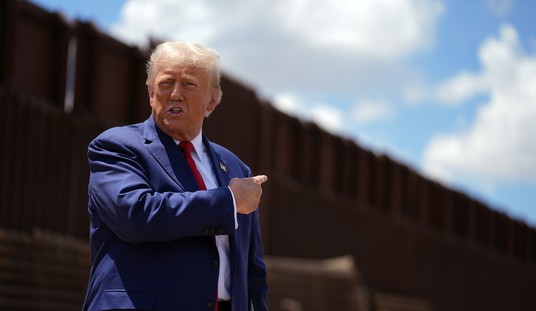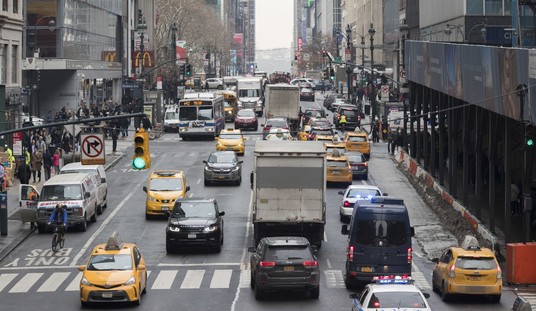The October jobs report offered up a mildly positive picture of job creation last month. The US economy added 214,000 jobs, above the rate needed to keep up with population growth (~150K) but lower than the initial 3rd quarter GDP results (+3.5% annualized growth) would have indicated. The jobless rate fell to 5.8%, but workforce participation remained near at 36-year low at 62.8%
Total nonfarm payroll employment rose by 214,000 in October, and the unemployment rate edged down to 5.8 percent, the U.S. Bureau of Labor Statistics reported today. Employment increased in food services and drinking places, retail trade, and
health care.Both the unemployment rate (5.8 percent) and the number of unemployed persons (9.0 million) edged down in October. Since the beginning of the year, the unemployment rate and the number of unemployed persons have declined by 0.8 percentage point and 1.2 million, respectively. …
The civilian labor force participation rate was little changed at 62.8 percent in October and has been essentially flat since April. The employment-population ratio increased to 59.2 percent in October.
ADP’s report on Wednesday, lost in the post-election shuffle, looked better than the BLS numbers. Their data showed an increase in private-sector jobs of 230,000, also a midrange result over the last year. Except for June (297K) and August (162K), the past eight months on ADP’s measure have ranged from 193K-230K, not exactly indications of strong job growth — and nothing that would move the workforce participation rate off of its generational low.
The decline in the U-3 jobless rate looks like good news, but it doesn’t account for sidelined workers. The more accurate U-6 measure also showed improvement, dropping three-tenths of a point to 11.5%. That is a post-Great Recession low, but still far above the summer 2007 level of 8.4%. The gap between U-3 and U-6 was smaller in summer 2007, too; U-3 in summer 2007 was 4.7%, 3.7 points below U-3 rather than almost 6 points now.
One other positive note from the Household Survey (CPS) was a decline in the number of people not in the labor force, which dropped 206,000 to 92.378 million. However, those who are out of the labor force but want to work rose almost the same amount, 188,000 to 6.537 million, the highest level since July 2013. (Both numbers are seasonally adjusted as well.) That has risen more than 500,000 since February. The demand for work is rising, but the economy is not supplying enough jobs to meet it.
The AP took a glass-half-full approach to the report, with a couple of caveats:
Three days after voters registered their sourness about the U.S. economy, the government said Friday that employers added a solid 214,000 jobs in October, extending the healthiest pace of hiring in eight years.
The Labor Department also said 31,000 more jobs were added in August and September than it had previously estimated. Employers have now added at least 200,000 jobs for nine straight months, the longest such stretch since 1995. …
At the same time, better hiring and growth have barely boosted paychecks for the vast majority of earners. Adjusted for inflation, average hourly pay rose just 0.3 percent over the 12 months that ended in September, according to government data.
And what wage gains have occurred have benefited mainly the wealthiest. Average income grew 10 percent from 2010 through 2013 for the wealthiest one-tenth of Americans, after adjusting for inflation, according to the Fed. For everyone else, incomes stagnated or declined.
The problem with that analysis is that the 200K level is nothing special. It beats anything lower, but it’s not anywhere near robust enough to grow the ranks of the workforce from its generational low. It barely exceeds population growth, and it forces workers to remain on the sideline for the long term.
CNBC was was one of the few that noted that the report was a miss on expectations:
The U.S. economy created 214,000 jobs in October, data from the Labor Department showed on Friday, a pace slower that what many economists had expected, yet sufficient enough to suggest the recovery remains intact.
The closely-watched unemployment rate dipped to 5.8 percent in the month, its lowest in about six years. Separately, the labor force participation rate —considered by some economists to be a more reliable barometer of labor conditions—edged higher to 62.8 from 62.7 percent.
When the technical recovery began, the workforce participation rate was 64.7%. The last time it was above 64% was December 2011. The last time it was at 63% was March of this year. That situation is not recovering, and nine months of 200K growth hasn’t budged it from its near-nadir. This isn’t growth; it’s just continued stagnation with a slightly more positive look.








Join the conversation as a VIP Member